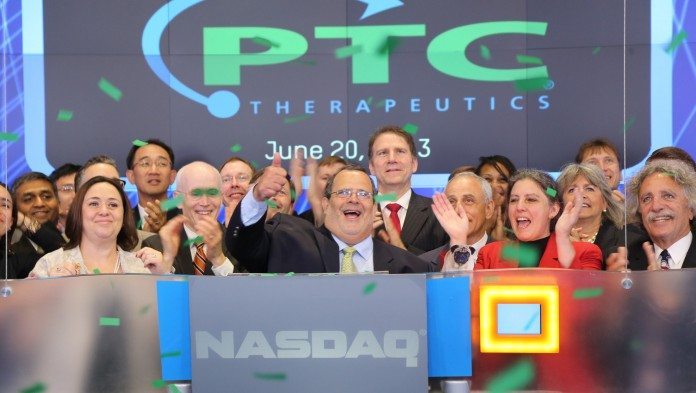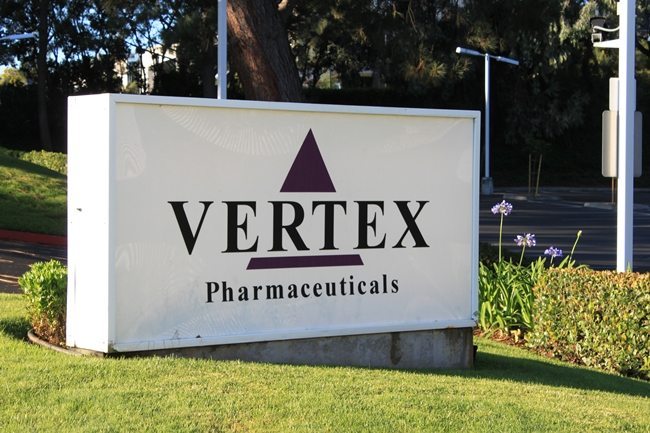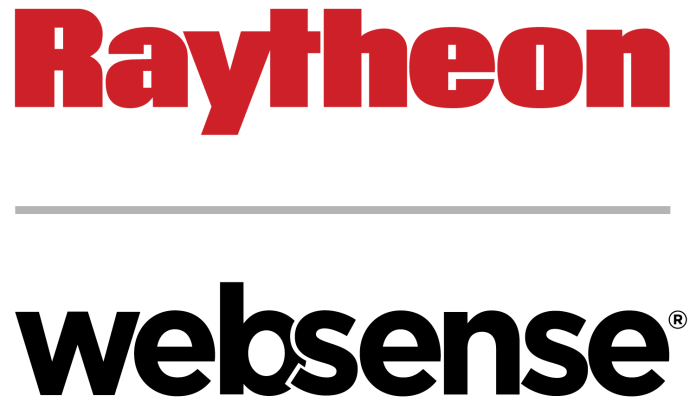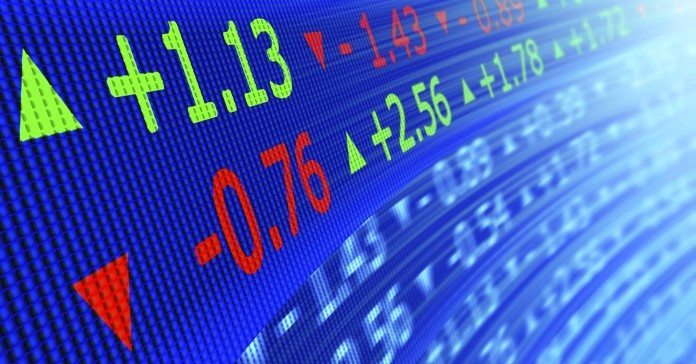We just learnt that the Duchenne Muscular Dystrophy (DMD) candidates of both Sarepta Therapeutics, Inc. (NASDAQ:SRPT) and BioMarin Pharmaceutical Inc. (NASDAQ:BMRN) are likely set to be turned down by the FDA, and the shares of both companies have dipped as a result. The competition between the two, specifically the race to be the first to get a new type of DMD drug to market, has been one of the hot topics in biotech over the last twelve months. However, with things looking gloomy on both fronts, the speculative spotlight looks set to shift to alternative, more promising candidates. With this shift will come a capital reallocation, and with this reallocation, some upside in the companies developing the candidates in question. According to this thesis, let’s have a look at what else is available in the DMD space – specifically the most promising follow up candidate from PTC Therapeutics, Inc. (NASDAQ:PTCT)
PTC’s lead candidate is ataluren. It is already approved in the EU for a DMD indication, which gives it the title of the first approved European drug to target the underlying cause of DMD rather than the symptoms – a title both Sarepta and BioMarin were looking to replicate in the US. PTC just announced the completion of a rolling NDA submission to the FDA for the DMD indication, so 2016 could be a big year for the company if the agency accepts its submission for review.
How does the drug work? More importantly, how does its MOA differ from the two drugs that look set to be turned down by the FDA this month?
Well, all three are gene based therapies – but this is where any similarity stops. To get an idea of their differences, it’s important to understand the cause of DMD. The condition is a result of a mutation in a gene called dystrophin, which causes an altered form of a protein also called dystrophin. The protein is responsible for a number of things, with one of the main being cell structure and muscle tissue stability. Dysfunctional dystrophin proteins cause the muscle weakness (and eventually depletion) that is the hallmark symptom of the disorder.
Sarepta’s drug, etiplirsen, removes what’s called an “exon” from the RNA transcript that produces dystrophin. By removing this exon, the dystrophin gene codes for a partially functional dystrophin protein – at least theoretically – and while not a perfect solution, the partially functional protein translates to a restored (and improved going forward) muscle stability and structure. BioMarin’s candidate, drisapersen, does essentially the same thing.
PTC’s candidate, on the other hand, has a totally different mechanism of action. The drug targets a feature of the mutation itself – what is called stop codon. Stop codons are what halts protein synthesis, and in DMD sufferers, stop codons occur prematurely. That is, they stop the synthesis process before the protein is fully formed, which is the root cause of the mutation. Ataluren, according to PCT’s hypothesis, makes ribosomes less sensitive to premature stop codons. Think of ribosomes as the factory that produces proteins – in this instance, the dystrophin protein. mRNA goes in, transcription takes place, dystrophin comes out. By reducing the ribosomal sensitivity to premature stop codons, ataluren reduces the number of dysfunctional dystrophin proteins produced, and theoretically, increases the number of functional proteins.
In US trials, results have been somewhat inconclusive, despite the drug’s approval status in Europe. The phase III on which the company based its NDA missed its primary endpoint, but this isn’t as damning as it might seem. The trial ran across 228 patients, far more than BioMarin’s or Sarepta’s trials, and involved a placebo arm – again, something the aforementioned lacked. The endpoint in question involved measuring how far a patient can walk in six minutes. On average, patients treated with the drug walked 15 meters farther than those treated with placebo. Not enough to be statistically significant, but progress. Additionally, medium grade conditions walked an average of 47 meters farther than their placebo counterparts. Finally, and slightly less conclusive but noteworthy nonetheless, four boys lost their ability to walk in the placebo arm – none did in the treatment arm.
So what’s the takeaway here? Well, we’ve got two drugs with potential blockbuster markets on the verge of clinical failure (or at least delay), and one waiting in the wings that has the same target market, but takes a different approach. Additionally, its trials seem to address the concerns expressed by the FDA regarding Sarepta and BioMarin’s design.
It’s still early days – the FDA has not accepted the full submission yet – but if the agency gives the NDA a green light for review, there could be plenty of upside on PTC’s current market cap of circa $800 million. One to keep an eye on.













